
Selecting NZ made products provides a level of assurance that suppliers who use offshore production are unable to fulfil. Additionally, the economic benefits are retained in New Zealand and fed back into local communities.
You are using an outdated browser version not supported by this website.
Click here to upgrade your browser
5,348 products with technical literature, drawings and more from leading suppliers of NZ architectural materials.
Case studies, new products and product news from leading suppliers of NZ architectural materials.
Blogs for architectural specifiers, offering product, design and business advice.
 Library
Library
 Brands A–Z
Brands A–Z
 EBOSSNOW
EBOSSNOW
 Detailed
Detailed
 Account
Account
A New Zealand owned company specialising in the manufacture of plumbing and drainage products and systems.
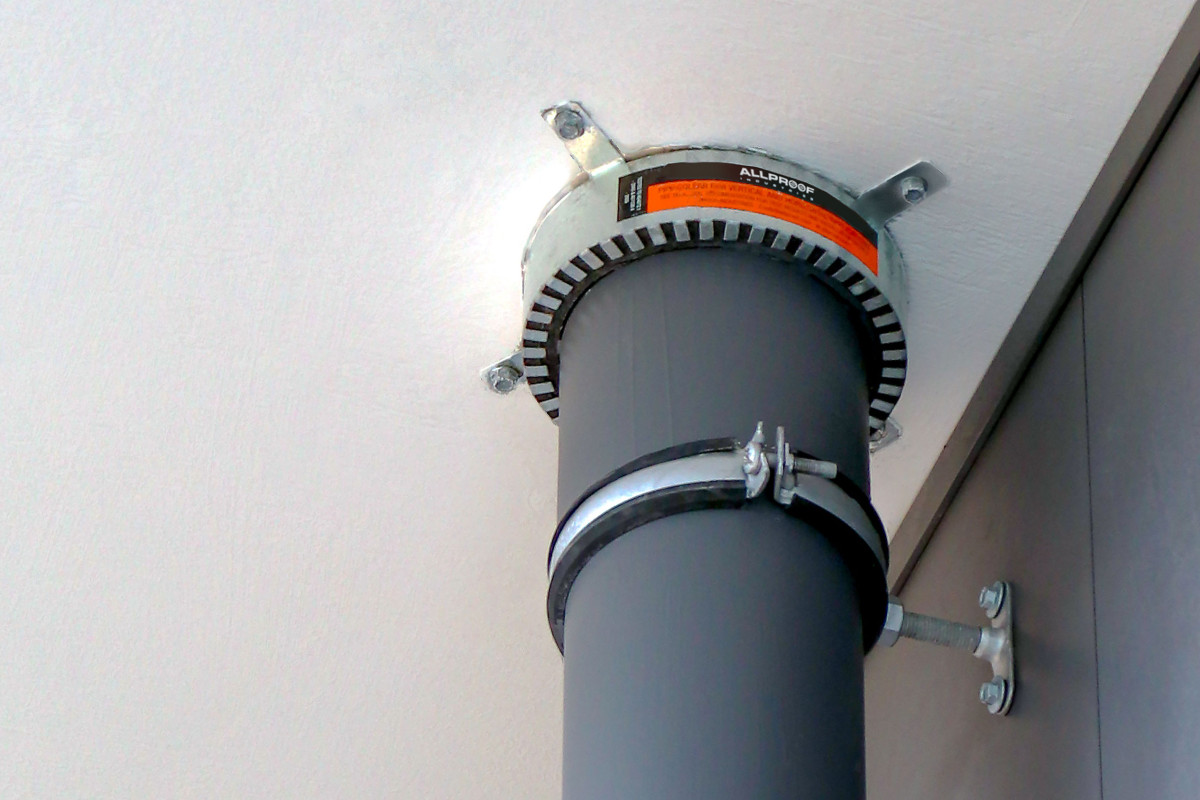
Selecting NZ made products provides a level of assurance that suppliers who use offshore production are unable to fulfil. Additionally, the economic benefits are retained in New Zealand and fed back into local communities.

Plumbing or electrical services that penetrate a CLT panel result in a hole in the fire cell for the service to pass through. The hole for the pipe or cables needs to have a PFP product applied to it to prevent the spread of fire beyond that fire cell.
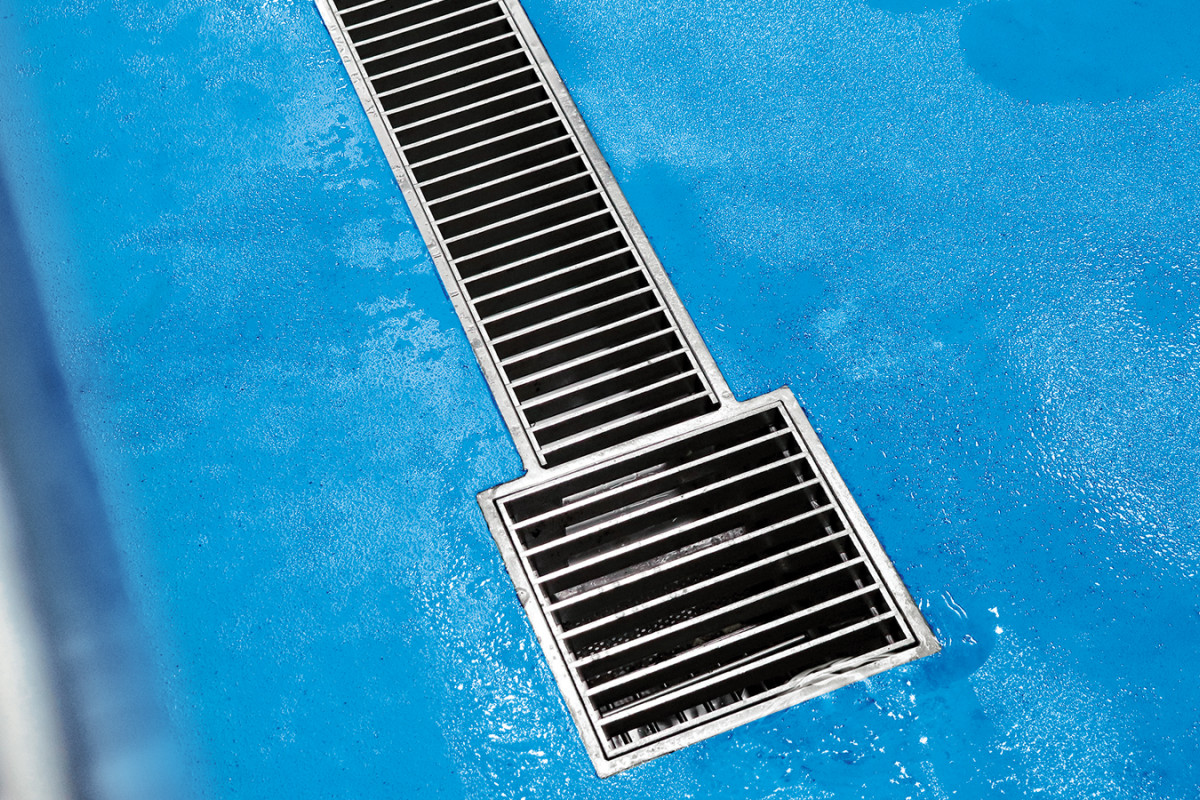
This is a question that often gets asked. There are a number of options, and your product selection will depend on a few factors.
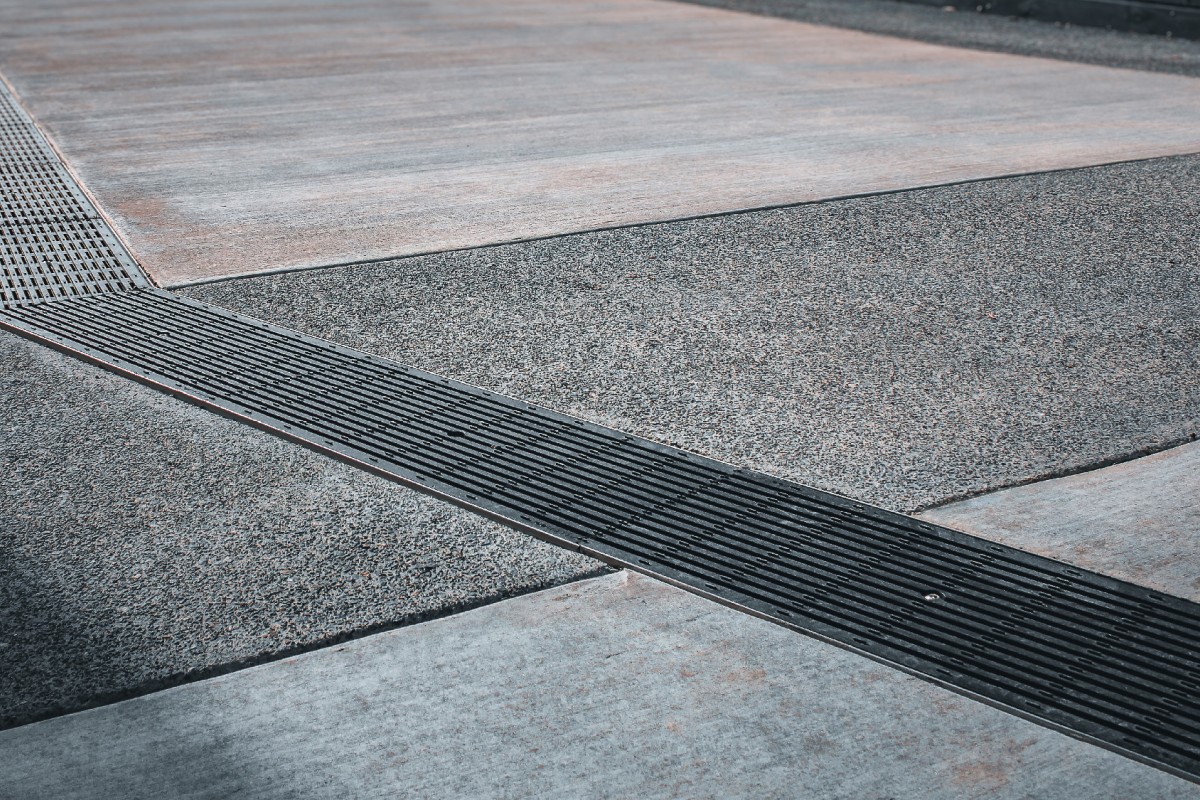
When designing a compliant level threshold system we have to cover off all the requirements of Chapter 7.3.2.1 of E2/AS1.
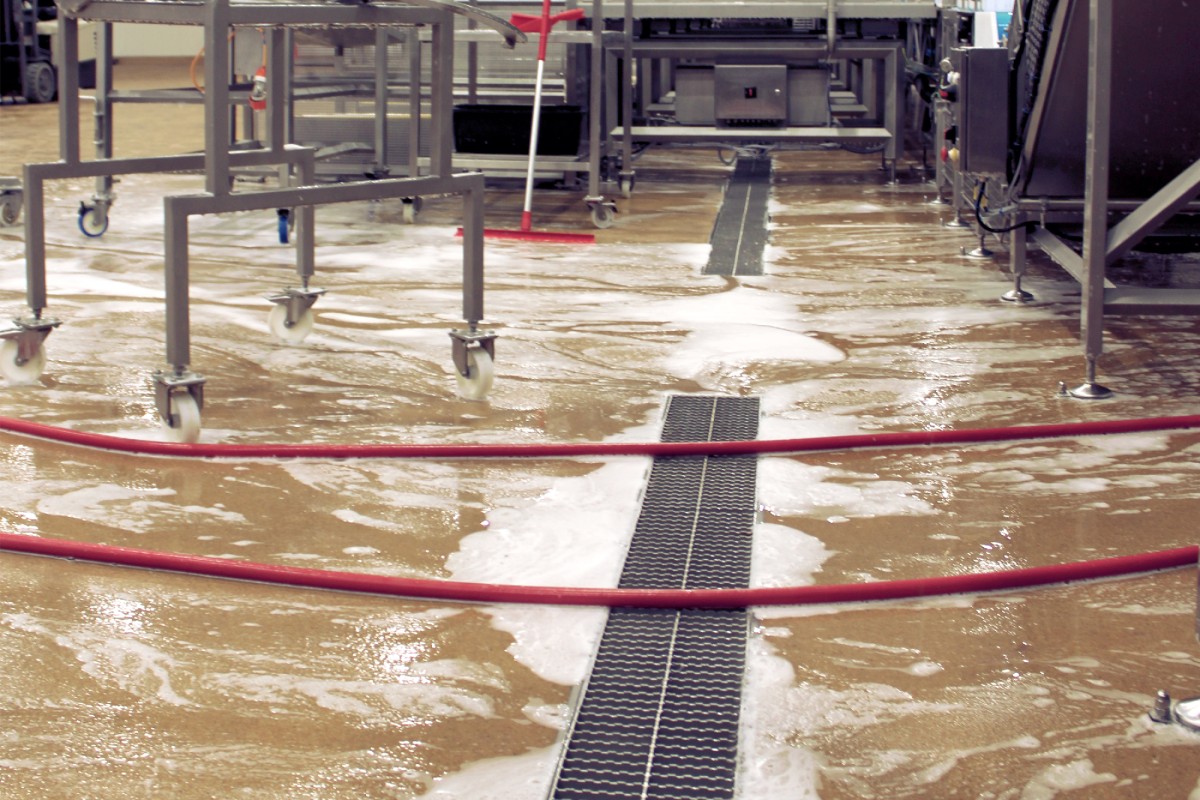
Waste water in processing facilities such as factories for food and beverage production, or even commercial kitchens, can often present unique requirements on the drainage systems.
New and updated architectural products, design solutions, inspiration, technical advice and more when you sign up for EBOSS.

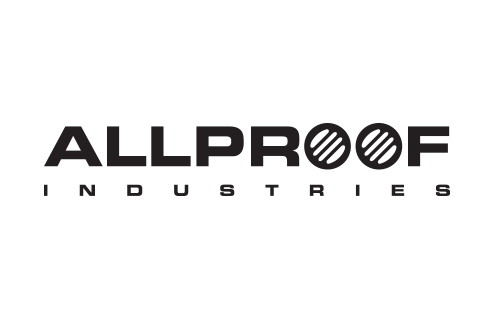


 Popular Products from Allproof Industries
Popular Products from Allproof Industries
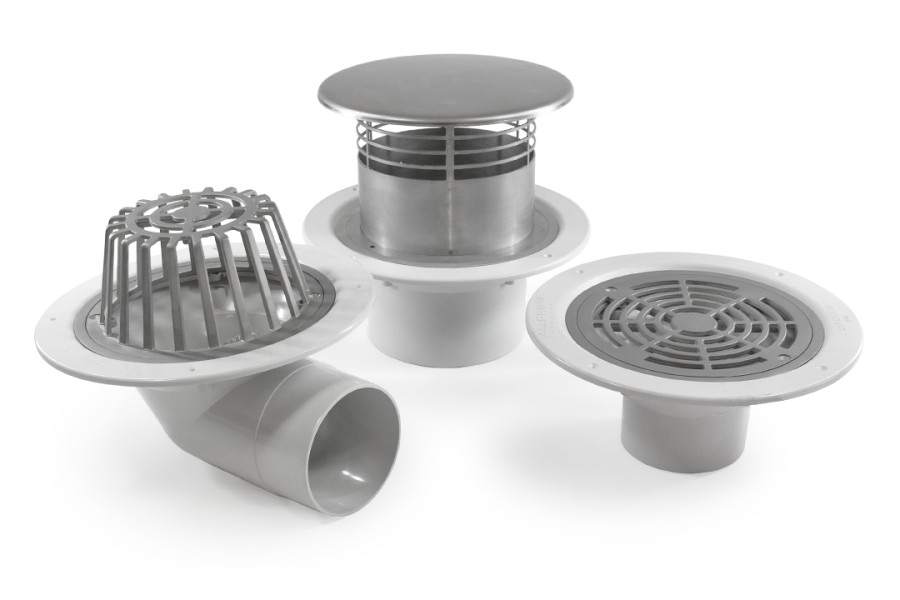
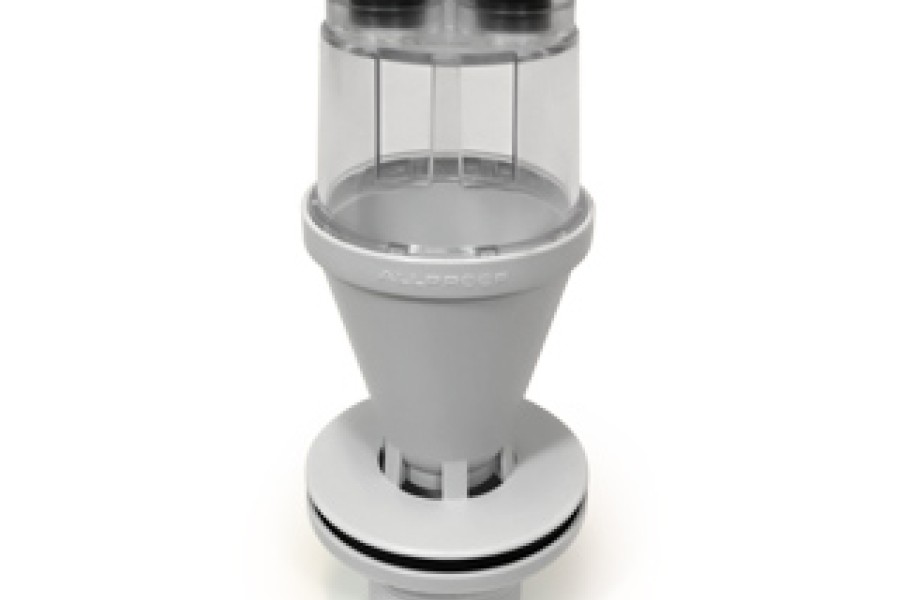
 News from Allproof Industries
News from Allproof Industries
